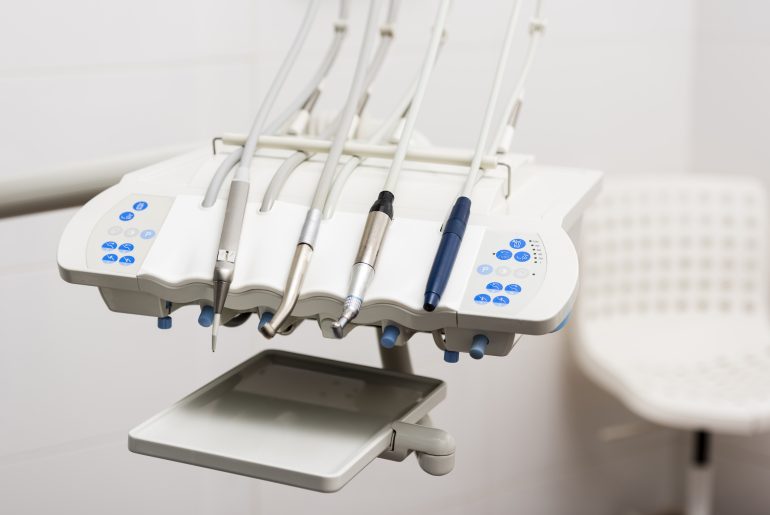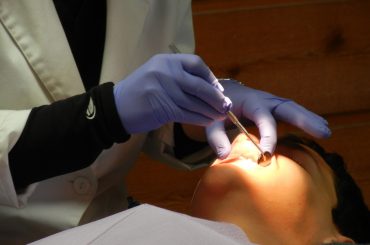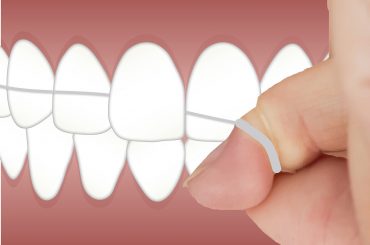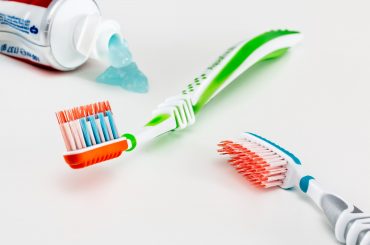Dental Scaling or Dental cleaning is the removal of deposits, plaque, tartar, or stains that are deposited on the teeth. These deposits can be both above and below the gums (Between gums and root of the tooth which is known as a pocket in dental terminology).
Scaling can be followed by polishing to make the tooth surface smooth or root planning to treat pocket depths.
Types of Scaling:
- Hand Scaling is the traditional way where the cleaning is performed by using hand instruments. There are several interments used during this procedure depending on the tooth or the area to be cleaned. It takes more time and can be sometimes more painful than ultrasonic machines. But the post-operative sensitivity is usually lesser as compared to the ultrasonic machine.
- Ultrasonic Scaling is the modern way where the cleaning is performed using an ultrasonic machine. This is faster than the hand scaling and usually, the results are better in a shorter period of time. Because the machine cleaning tip vibrates at a high speed, all ultrasonic machines spray out water to keep the instrument cool which causes lesser pain and faster operation as compared to hand scaling. But if performed repeatedly on the same surface of the tooth, it can lead to greater sensitivity after the treatment is complete.
Dental scaling is usually followed by polishing regardless of the type of scaling. Polishing helps to reduce post-operative (after treatment) sensitivity of teeth helping the patient to comfortably return to normal life immediately after completing the treatment. Polishing also helps to restore the smooth and glossy surface of the tooth which gets a little rough because of scaling.
Length of the Treatment:
Depending on the extent of the deposits and underlying problem; scaling can be completed in one to several dental appointments.
Precautions:
There are usually no precautions to be taken before and after the treatment. However; patients can be advised to avoid hot or cold food for a few hours to one day after the treatment is done to avoid any tooth sensitivity.




